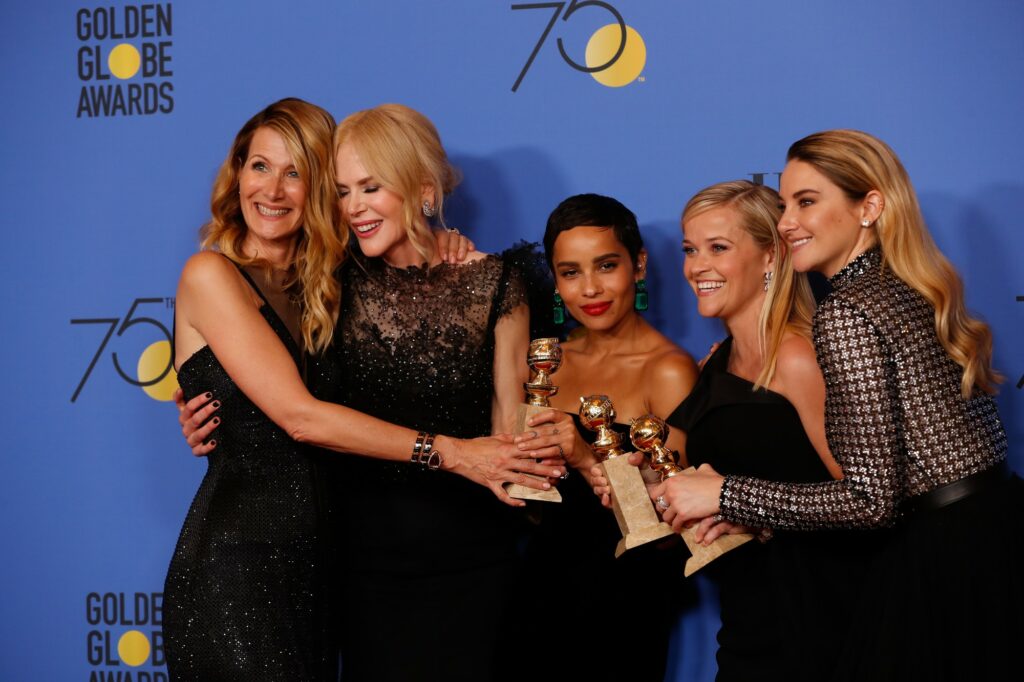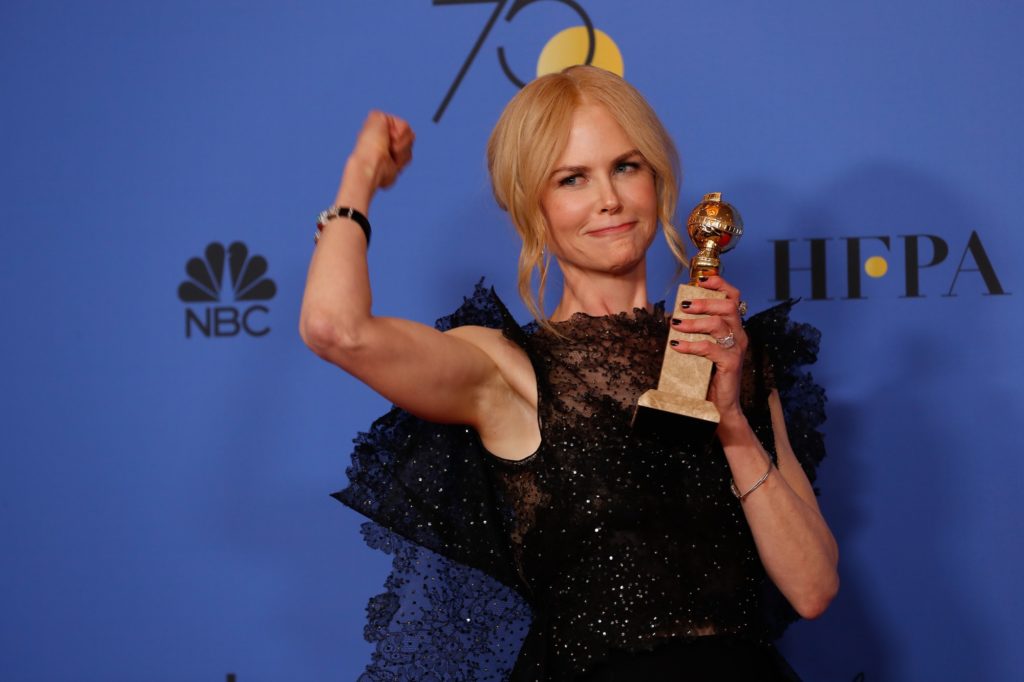The 75th Golden Globes, which took place on Sunday night, was more than awards and designer gowns. In fact, there was very little designer recognition at all when it came down to what the attendees were wearing.
An all black dress code was established in support of the #MeToo and #TimesUp campaigns. These movements were created to spread awareness of sexual assault, harassment and inequality in the workplace.
Almost all of the men and women were united on the red carpet, wearing nothing but black from head to toe.

This movement created a high amount of discussion on social media. Many people wondered if a dress was capable of making a political statement.
Giuliana Rancic on E! said instead of asking the celebrities “who” they were wearing, she would be asking celebrities “why” they were wearing the black attire they chose.
The Daily Beast suggested that this movement was more of a show-business strategy than a political point. Putting on a show in black to promote change is one thing, but where were the people interrogating how this change would take place? What changes will result from this movement?
Opinions on whether a red carpet sprinkled in black dresses would make a significant influence differed between social-media users and WSU students.
“I think that the black dress code made a significant impact,” WSU student Zach Smith said. “It is cool that everyone there would rally behind this movement and come to support a common cause. It doesn’t matter how they expressed themselves, what matters is that they came together and united — that is what’s important.”
Uniting together is exactly what they did. Although each dress was unique, just as the individual wearing it, the men and women were all able to join forces with common interest of the movement.
Ever since Harvey Weinstein was accused, sexual assault, harassment and inequality has become a popular topic and problem to solve in the Hollywood industry.
“I think the black dress code symbolizes the dissatisfaction towards the complacent attitude regarding sexual harassment and inequality in Hollywood’s social and cultural structure.” said Brett Assay, a WSU student.
Social media users questioned whether or not using dress and appearance was an appropriate way to speak out about the campaigns.
“I do not think that using the celebrities clothing was a bad way to promote a change,” WSU student Aurora Gomez said. “It is a reminder that just because a woman is dressed a certain way does not mean sexually harassing her is an option — neither is objectifying her. For me, a big part of being a feminist is accepting women for the way they are. It is up to them to choose how they express themselves by what they wear.”
Vanessa Friedman, reporter for The New York Times, said many feared the black sea of dresses might resemble a funeral, seem depressing or come across superficial. But it appeared the guests took that as a challenge to individually create a glorified look.

The result was far from any of those fearful adjectives. Many winners mentioned how this red carpet accomplished one of the most chic and elegant moments many had ever seen.
“For years, we’ve sold these awards shows as women, with our gowns and colors and our beautiful faces and our glamour,” Eva Longoria told The New York Times. “This time the industry can’t expect us to go up and twirl around. That’s not what this moment is about.”
An event that is typically focused on the glitz, glam and success of the celebrities was able to to set that aside for a night of solidarity.

















